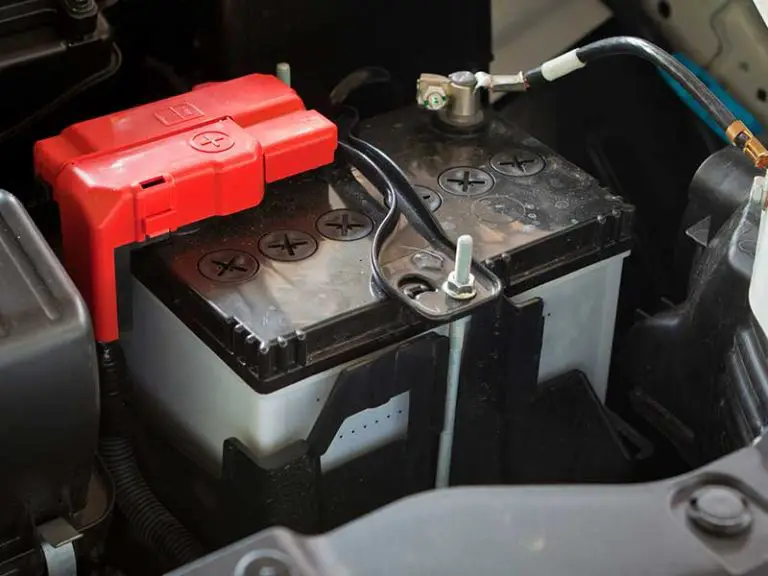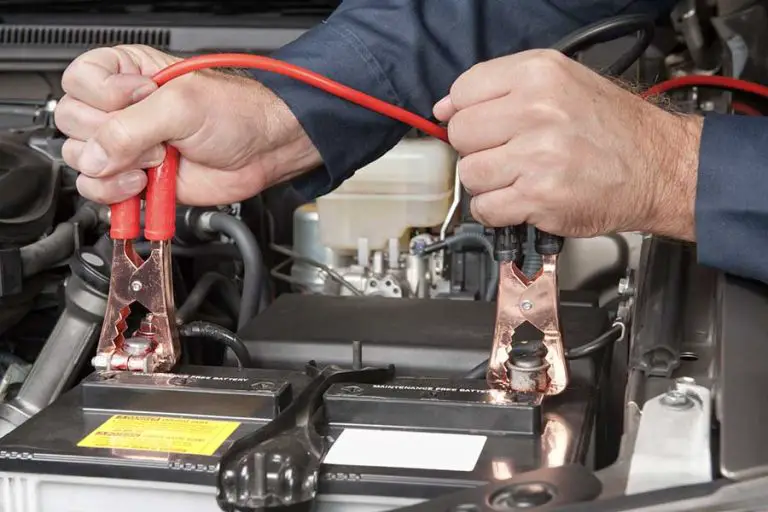How To Check For A Draw On A Car Battery With A Test Light
A parasitic draw is the use of power by an electrical component that consumes power even after the vehicle has been turned off and the component has been disconnected. In such a case, the vehicle’s electrical system will not function properly. Battery drain can occur long after the engine has been turned off. Sometimes this happens despite no fault with the battery or obvious reasons like leaving the headlights on.
Parasitic Draw: How to Test It with a Test Light
The following steps describe how to use a test light to check for parasitic draws on a car battery:
Turn off all the Devices:
Make sure your vehicle is not powered up by any electronic devices. Unplug all electrical components from your vehicle. You should turn off the heater, radio, lights, air conditioner, windshield wipers, and shut your glovebox. Turn off your vehicle, press the emergency brake, and remove the ignition key if it isn’t already in it. Close all doors to ensure that no circuits are operating.
Recharge your battery:
Make sure your battery is fully charged. In order to accurately detect the parasitic draw, you need to begin with a fully-charged battery. Your car’s battery can be found under the hood. The battery should be charged to 100 percent with a vehicle battery charger.
Loosen the battery terminals:
Most cars come with their cells inside the engine compartment, while some have them stuck in the trunk. Remove one of the clamps after you’ve located the battery. The positive or negative terminals can both be used in this situation. While you’re facing the battery, it’s best to choose one that’s nearby. By using this method, you will not have to operate over another terminal, so it prevents shorting the battery.
Plug in the test light:
The next step is to connect the test light after you have loosened the battery terminals. To test the battery, connect one end of the test light to the free terminal on the battery. Afterwards, hook the other end of the clamping cable to the clamp you just removed. The test light will turn on after connecting, which means your battery is draining power.
Fuse box location:
You will find the fuse boxes under the dash and in the engine area. Almost every component that drains your battery illegally has fuses in it. The fuse box is usually black and contains all the fuses. In order to find the source of your troubles you will need to test those fuses.
Disconnect the fuses:
The next step is to pull each fuse one by one. Fuse holders can be arranged in order of the amp ratings, starting with the fuses with the lowest and ending with the highest. Check that the test light illuminates after pulling out a fuse. If the light does not indicate any changes, check the fuse box under the dash if it is not located in the engine compartment.
Note the Readings:
Lights that turn off indicate that there is no parasitic drain. The battery is being drained when you pull the fuse from a component at rest that drains the battery. You can confirm what component is being powered by the fuse in the fuse box chart. To narrow down the problem, you can also look at the wiring diagram.
Fuse replacement:
It may be a good idea to unplug the radio switch first if the fuse in question supplies power to the radio. This will allow you to find out what’s draining your battery.
Problem-solving:
Once you are sure where the drain is coming from, you can go ahead and deal with the repairs. In some cases, wastes are the result of poor electrical wiring. A specialist can address the problem if you’re having trouble repairing it.
People Might ask
| Is it possible for a bad battery to cause parasitic draws?
In normal circumstances, parasitic draws less than 75 milliamps are normal; any parasitic draws exceeding 75 milliamps will quickly drain the battery. Battery drain can occur when an alternator has a bad diode. Current can flow from one end of an alternator to the other when it has a good diode. |
| When the battery is left overnight, how much energy is lost?
Batteries typically drain by 10% overnight on phones. The reason for it is that the phone is running a lot of background processes. You must turn on airplane mode before going to sleep if you want to save battery. |
| What is the reason for not charging a battery fast enough?
When you charge your battery too fast, it can be damaged, resulting in a reduction of performance capacity, shortening its life cycle and even catching fire. Due to these reasons, it’s important not to rush the process. As the battery is charged, a constant voltage is applied to the battery until all power is removed. |
| What causes parasitic draws?
Parasitic battery drain happens when a device regularly drains the battery. Any electrical component can cause this malfunction, such as a relay, dome or headlight switch, alternator, etc. |
| How is parasitic draw calculated?
Check your Car’s battery while it is off to see if something is draining the power. Do not test the voltage. Then, you should switch your digital voltmeter to DC AMP measurement. |
Conclusion:
The parasitic draw on a car battery using a test light can be a time-consuming process. It is important to note what amperage fuse each spot in the fuse panel corresponds to. You can sketch your ideas if you want. Under the hood of some cars there is a light that illuminates when you open the hood. The trunk of some cars has an on-demand light that will automatically turn on when the trunk is opened. If the controlling switches are misaligned or malfunctioning, then those are things that may cause a draw. Additionally, you can use a multimeter to determine whether your battery has parasitic drain.






